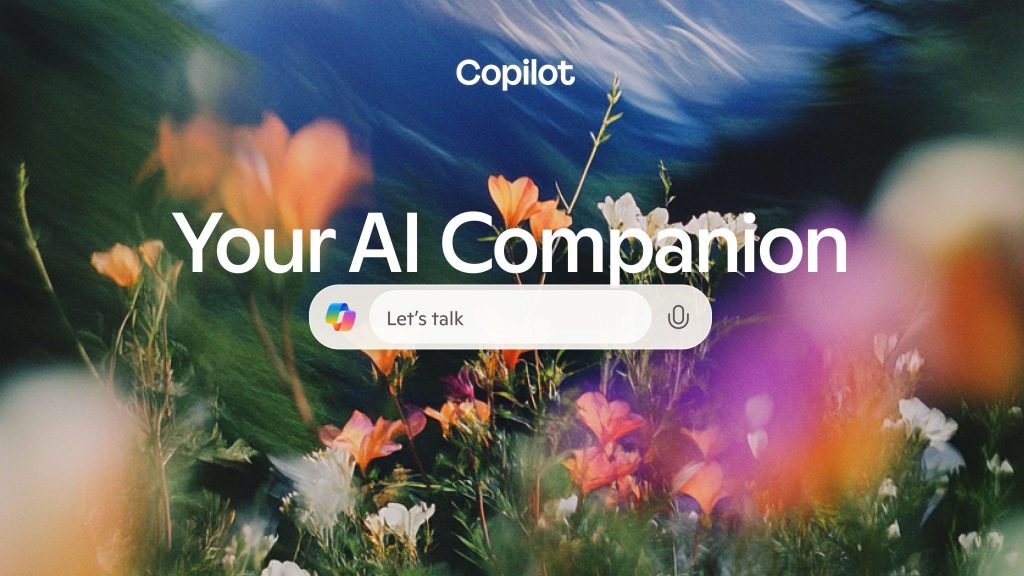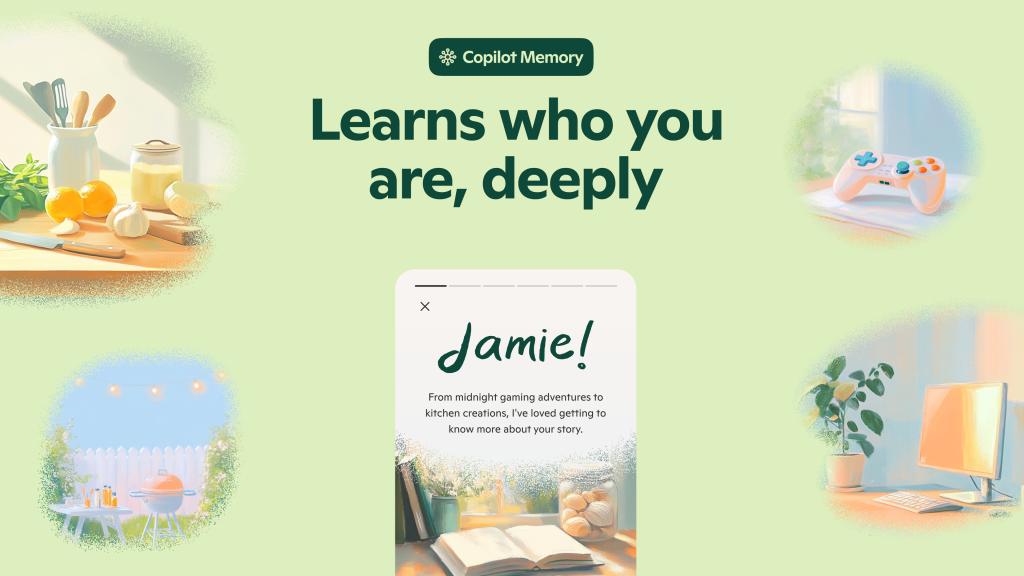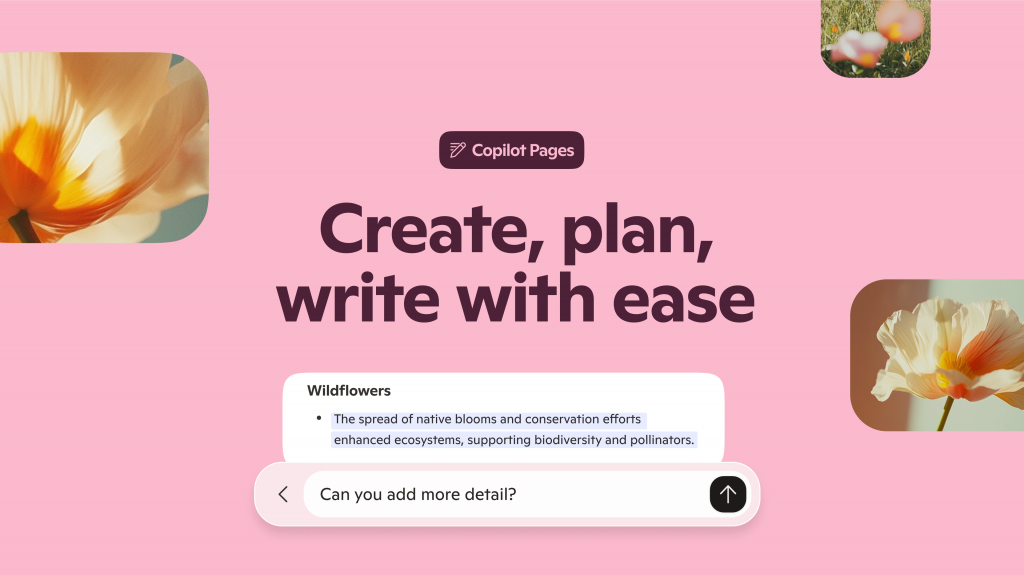
This month, Microsoft announced a bunch of new features for its AI companion, Copilot. Following on from last year's redesign of the tool, Microsoft's AI team has been working to create a consumer AI experience that feels like more than just a tool or glorified search engine.
The new tools include improved memory and personalisation, actions, and Copilot Search in Bing. In its approach to the whole experience, the team focused on creating a personal, empathetic experience.
We caught up with Lucas Fitzpatrick, Creative Director and Designer at Microsoft AI, to discuss the overall AI design ethos, and how building something that you want people to connect with and trust means designers need to think differently about where technology fits in peoples' lives.
How did you approach making the design of Microsoft Co-Pilot consumer friendly?
In the AI wave that's happened for the past few years, it's a lot of language of tools. Like, this is a new tool to get this one thing done. I think what that's created for many consumers is a sense that it's a little inaccessible, it's kind of hard to understand how I would use this new tool. I've already have a tool to like book my flights.
The the ethos for us is that we're really interested in building this notion of a companion that's there for you in your corner by your side. That takes the best of the world's technology and then instead of pointing it at you, it is serving you and in your best interests.
And there are the practical things that come through with, like, the colour palette, more rounded corners, using sounds that are more more naturally driven. I think design today is more than just the pixels on the screen.

AI tools make decisions for people. How do you use design to build trust in them?
When building the product, we thought of the metaphor of a good friend or or co-worker that you have a conversation with. It could be incredibly smart and they're delivering information to you. But if they're just delivering that information without empathy or understanding, it's less meaningful.
When we were able to deliver information that is true, and with contextual understanding and empathy, I think we start to build trust over time. Fundamentally it is really important to then be able to trust your co-pilot to start doing actions for you and and and get things done.
The quality of the experience is important. A lot of details that add up to evoke a feeling of, is this something I trust or I don't? And I think the familiarity of the interface, the familiarity of the conversation also are kind of in-roads to building a trusting relationship. They're not blockers, but they welcome people in.
When complex technology is involved in a tool like this, should that technology fade into the background?
Yeah, I think so. I I think for a lot of people, what's under the hood in terms of the model or or what it's doing isn't crucially important and can be a bit of a distraction. Sometimes I think in the industry or in tech, we care so much about what we've built. Like, look at this model. Look at these capabilities. It can do this thing.
But what most people care about is the problems that they're dealing with on a day-to-day basis, and they just want to feel a little lighter, they want to feel a little bit more capable, feel a little bit smarter and just kind of have a little bit more of a sense of clarity. And I think as designers, when we focus on that outcome, we're more likely to design experiences that truly serve those needs versus
showcases the technology in a way that distracts.

Do you think we'll reach a point where AI is so ubiquitous that the need to specifically name it or indeed design for it will disappear?
Yeah, it makes sense. I think with any new technology, how you design for it changes over time. Like, the process of designing websites has changed dramatically. I I doubt there are many people still mocking up website layers in Photoshop these days. So things progress, the tools change the the systems and the way you approach things change, and we're on this curve of technological progress that isn't going to cease I think anytime soon.
But at the same time, I like to think that we have this technological overhang. There's so much these models can do and so many experiences that I think are untapped yet by product builders and designers. And so I think in many ways, we're we're still going to be in the game of figuring out what can we do with this new material, this new 'clay', this new type of technology that we can create and design experiences with. And I think I think that's really just going to grow and democratise and allow more and more people to think about problems that they want to solve through design thinking.
I think we're we're far away from just fully leaning back and having the AI take care of every moment in our life. So I think it is a tremendously exciting moment as a designer because you can take on these new novel problems and these new interaction modes and we'll kind of all reach certain equilibriums on how we approach certain things in the end. But at the same time, it's always important to continue to find niche ways to to solve problems as designers too.







